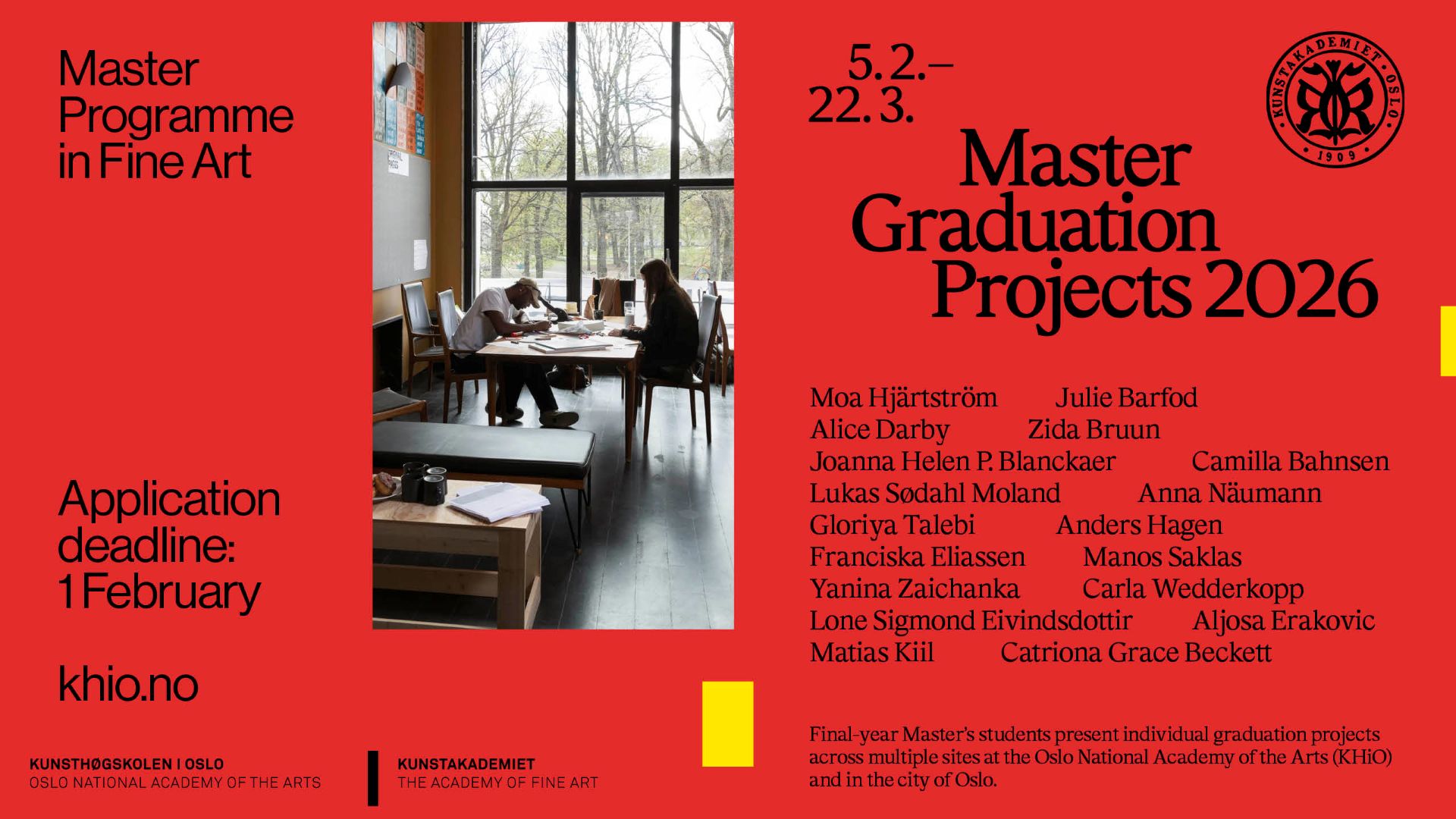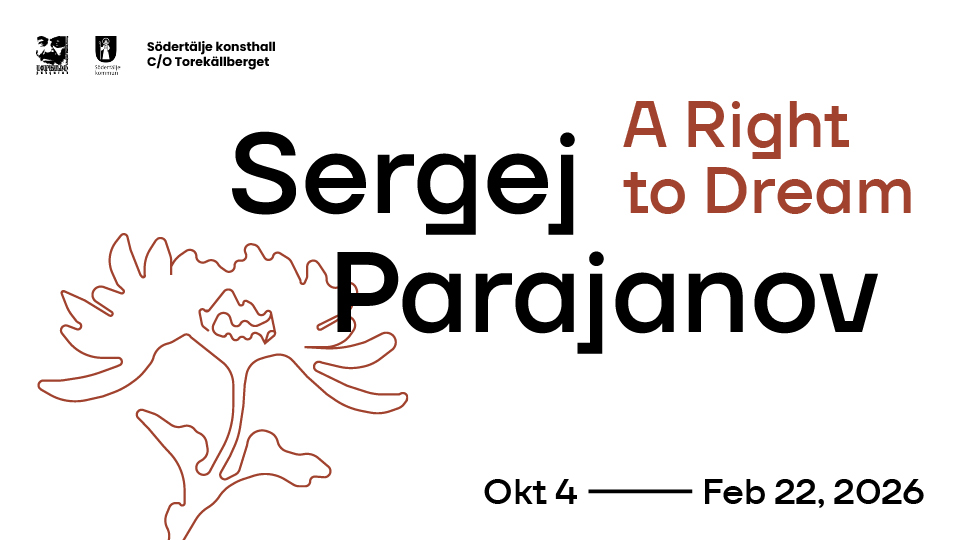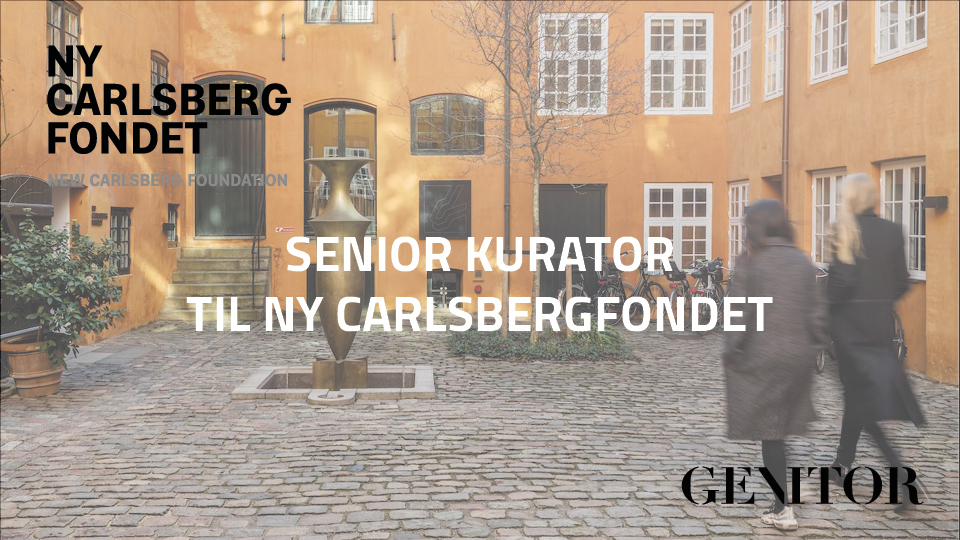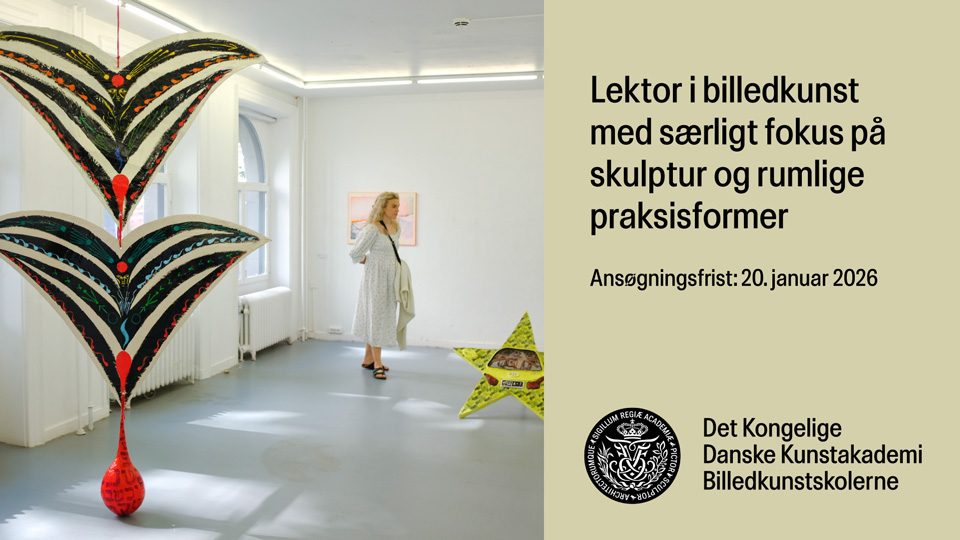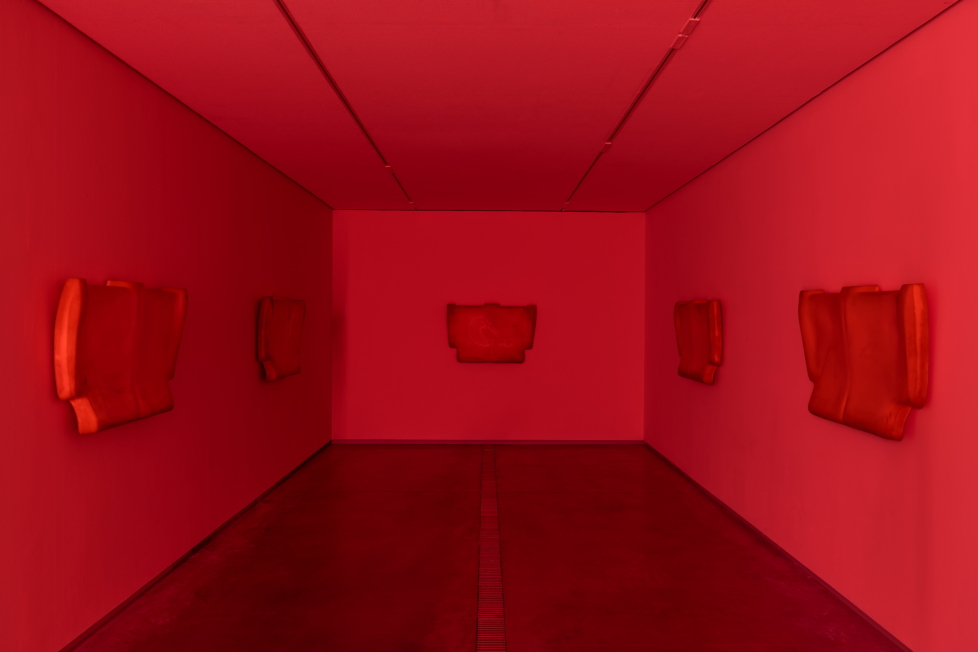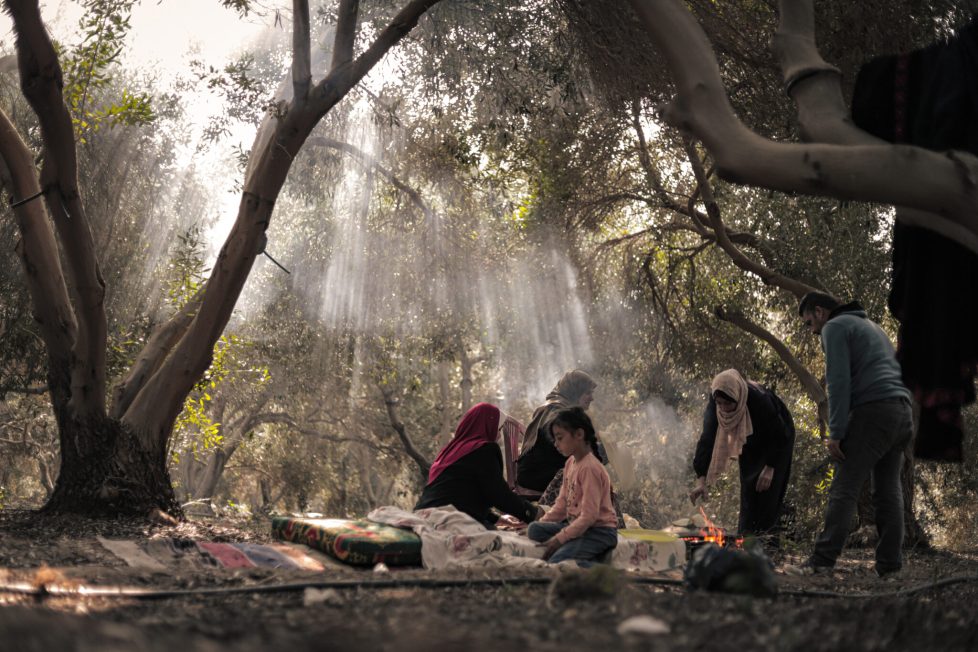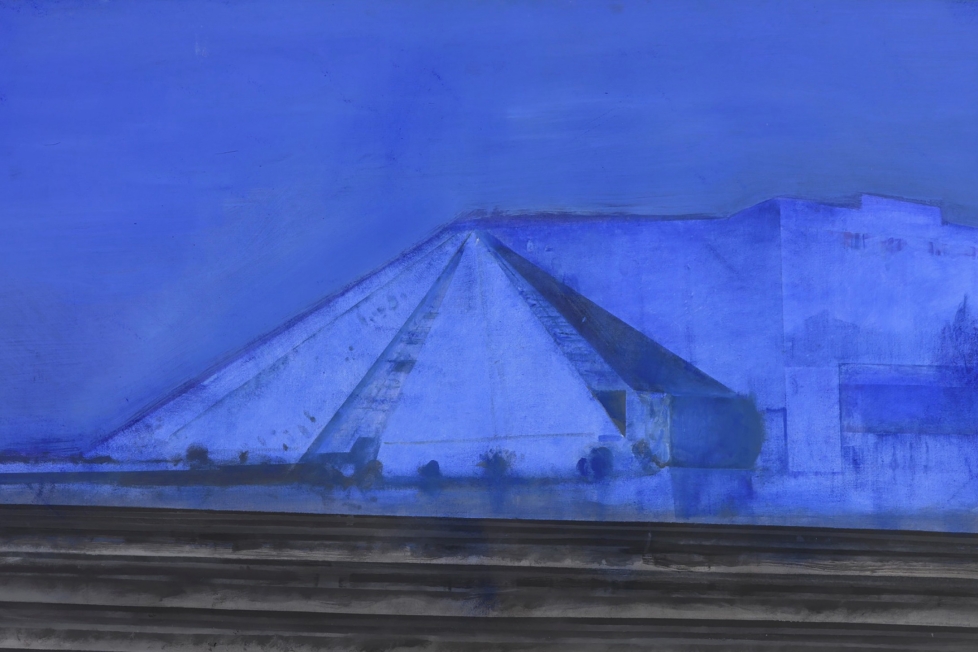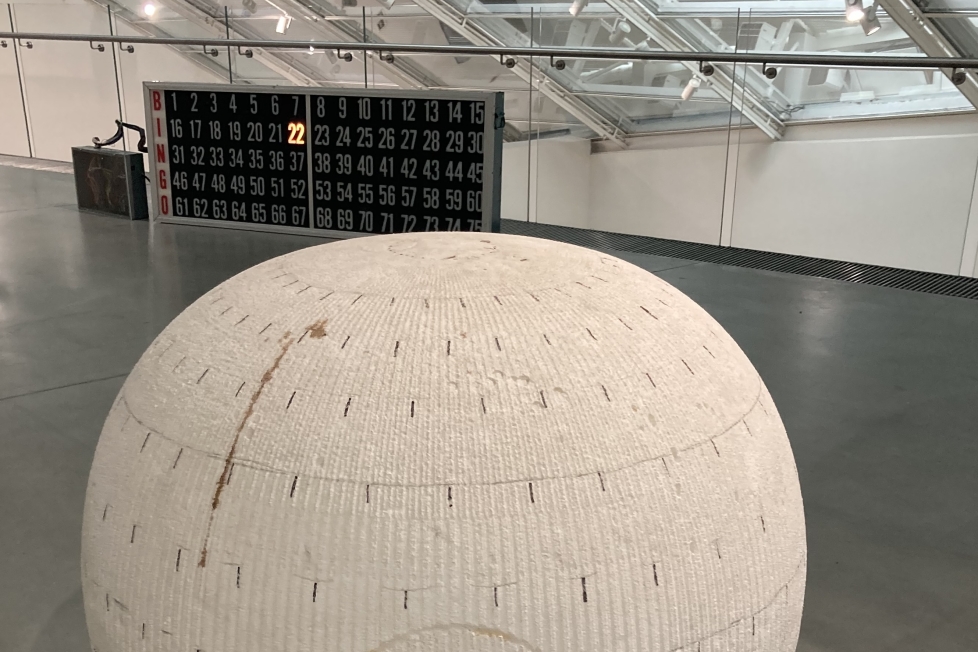
Last week it became publicly known that Diana Baldon leaves her position as director of Malmö Konsthall. Baldon took over the director’s chair just over a year ago and has used the past year to launch an international programme that included an exhibition featuring Ad Reinhardt’s satirical cartoons and a group show centred around a large-scale installation by Christoph Schlingensief. This week sees the opening of a major retrospective of the works of Joan Jonas.
Baldon took over the position as director of Malmö Konsthall in June of 2014 after a relatively long recruitment process handled by the headhunting agency Recruitment International. Rather unusually for a directorial position of this calibre, the Culture Administration Department of the City of Malmö only offered Baldon a 2.5-year contract. Baldon leaves the position in May of 2016, approximately six months before her contract lapses in December 2016.
Kunstkritikk has asked the departing director a few questions.

What is the background for your early resignation from the post as director of Malmö Konsthall?
The Culture Administration department of the City of Malmö and I have mutually agreed to part ways after a short but exciting time together. Many Swedish media unfortunately failed to highlight, I am still Malmö Konsthall director until the end of May 2016, fulfilling a two-year mandate. As for background information, before I took my position, the Culture Administration Dept. reorganised the staff structure so that I would be responsible for the programme and an administrative manager for the staff’s daily division of labour, infrastructure, etc. In the future this will likely switch back to how it was prior my appointment.
The newspaper Sydsvenska Dagbladet reported that the resignation is due to a difference in opinion about how to use the galleries of the kunsthalle, almost akin to some sort of curatorial disagreement between you and the staff, is this correct?
I discard this piece of news: it comes across as a polemical rumour that has no foundation of truth. Neither the staff nor the board or the Culture Director of the City of Malmö, Elisabeth Lundgren, ever interfered with my ideas.
What were your ambitions when you arrived in Malmö one year ago, and to what extent were you able to realize those ambitions?

I’m proud to say that, despite having being given a very short contract, I managed to turn around the time constraint by pulling off a very ambitious exhibition programme that both the media and the high number of visitors praised for its quality and strong engagement. Shortly after my arrival, I secured an important funding thanks to Goethe-Institut Schweden, and brought together an incredibly energetic group exhibition built around the Animatograph, one of the last surviving large-scale installations by German artist, theatre director and filmmaker Christoph Schlingensief, a rarely seen work due to the spatial and financial commitments to realise it. For the same exhibition I invited the Cuban artist Tania Bruguera to initiate a brand new project in Lindägen, a suburb in Malmö, but she was arrested and kept in detention in Havana for almost a year, an unfortunate event that saw a large media outcry all over the world focusing on the need to re-address the issue of artistic freedom tout court. Similarly, my Ad Reinhardt’s exhibition Art vs. History has been the first exhibition in Europe, and the second world-wide, to present a still largely unexamined aspect of the American painter’s visual practice. From the archives of the Estate in New York I could select original political cartoons, satirical art comics, collages and his legendary “Non-Happening” slide shows. I feel I was also able to quickly capture Malmö’s art life by closely working together with the theatre group Institutet, as well as with Carla Zaccagnini and Runo Lagomarsino, the latter an artist who grew up and studied in Malmö who this year is one of the few Swedish participants in the prestigious Venice Biennale. It could not have been a more fulfilling period in the life of any director.
Do you have any plans for the future?
For the next ten months I will of course have to see through the presentation of my next exhibition, that I anticipate to be a most important exhibition for the institutional history of Malmö Konsthall, a landmark retrospective of Joan Jonas’s work in collaboration with HangarBicocca that outlines the 20th century history of video and performance art. And for the next two years I will expand further Ad Reihardt’s exhibition in new iterations in Finland at EMMA museum and in Luxembourg at MUDAM museum.

